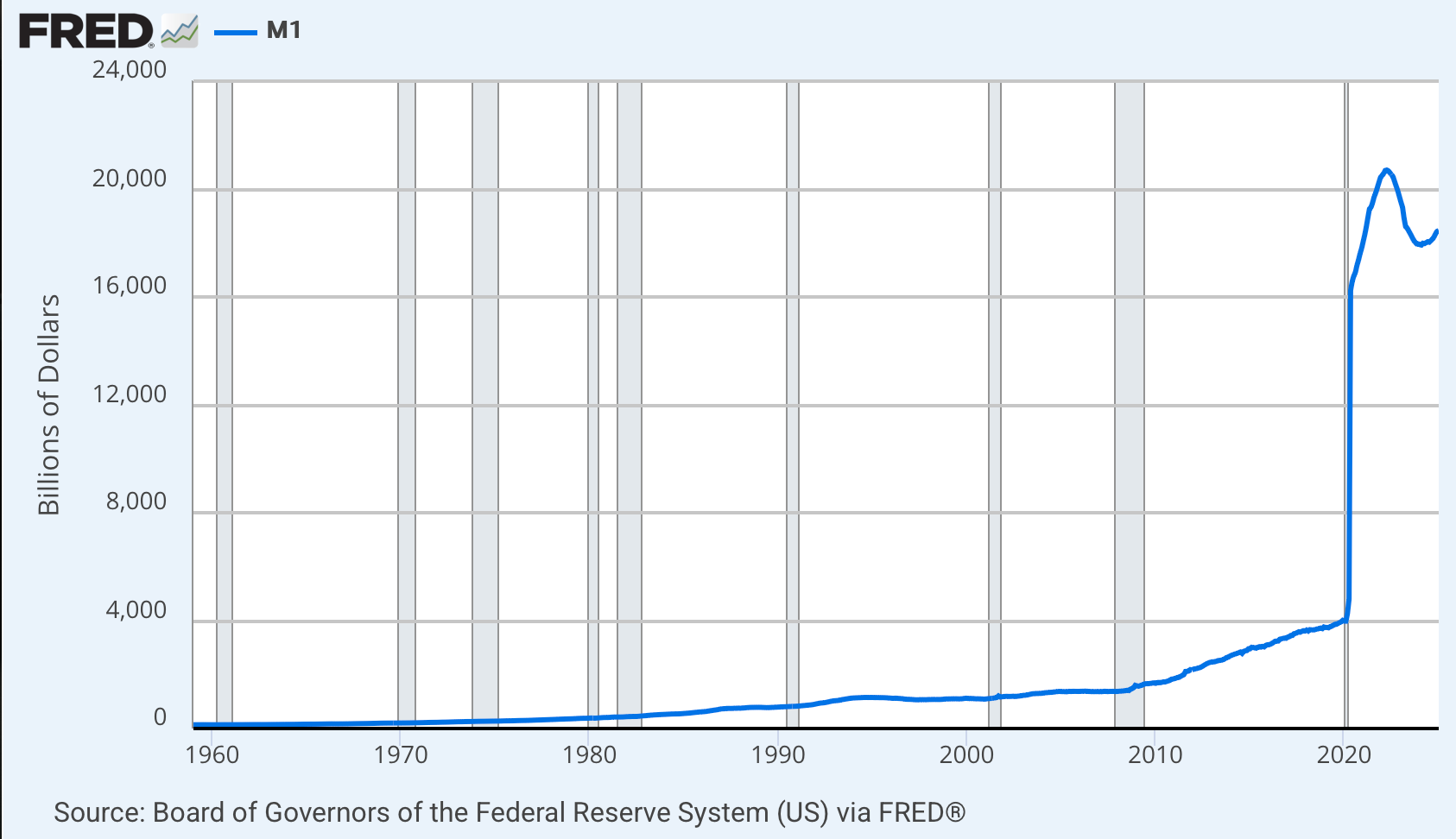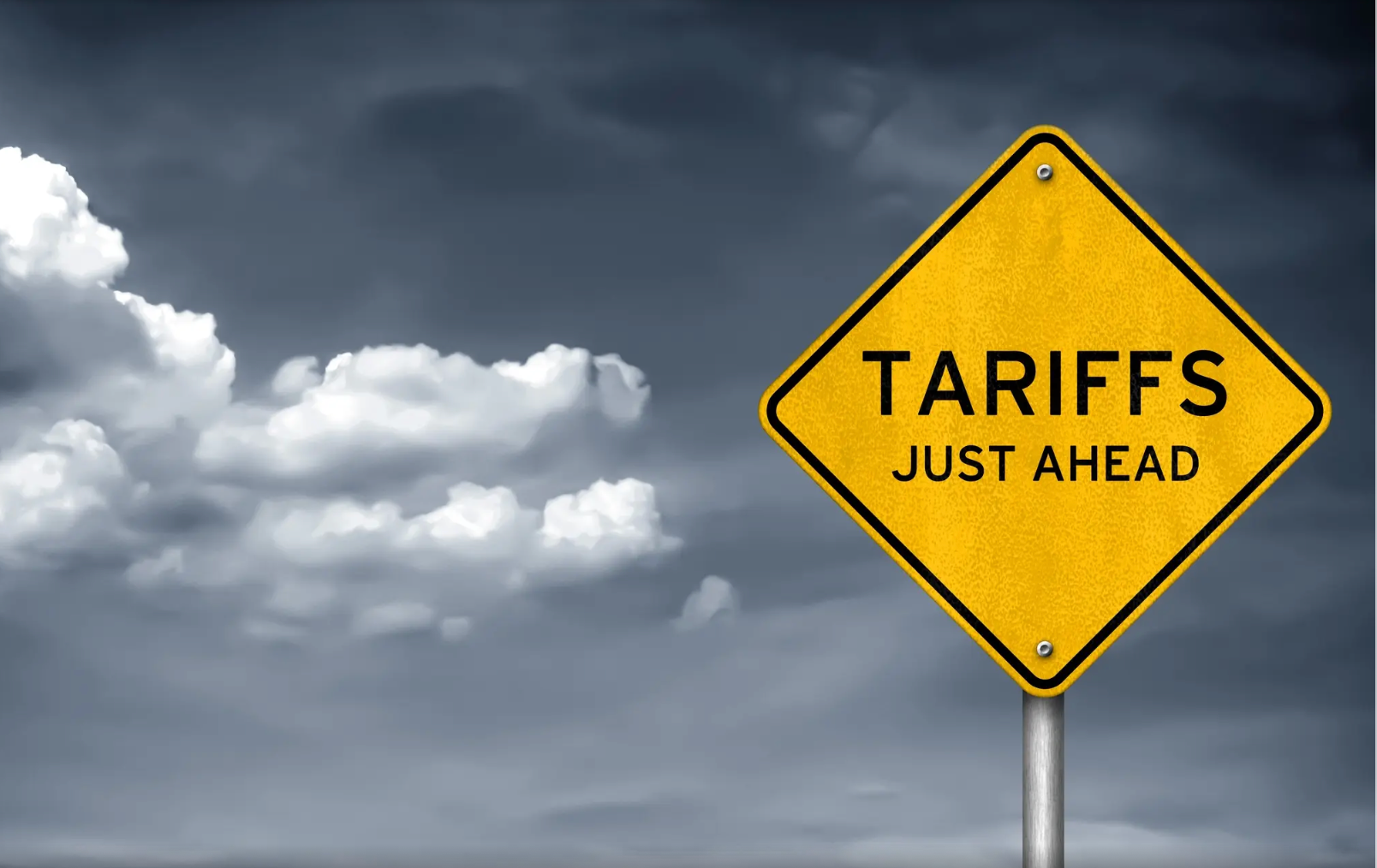Blog: 15 Areas in Greenville, SC to find great rental properties
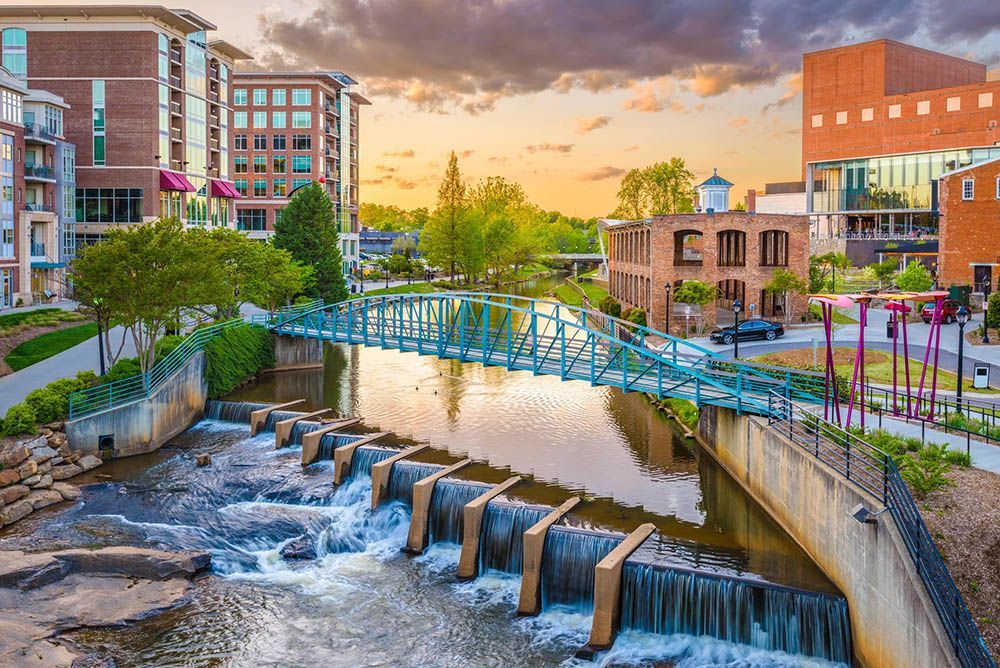
Realtor.com has named Greenville, South Carolina, as one of the top 10 housing markets positioned for growth in 2023. With an expected 11.4% increase in home sales and a predicted 5.7% rise in prices, Greenville is an attractive location for real estate investors.
The population growth and a strong job market have contributed to this position, making Greenville a hotspot for potential buyers. The area's value for rental property investment is also high, with rising home values and rent prices adding to the attraction.
Key takeaways
Greenville is home to nearly 71,000 residents in the city and almost 1.5 million in the metropolitan area. Home values in metropolitan Greenville have increased by 18.6% over the past year, while rent prices have grown by 21% year over year. Neighborhoods in Greenville with more renters than homeowners include Anderson, Spartanburg, and the city of Greenville.
Why invest in Greenville?
Population growth in Greenville and most of the 10-county upstate South Carolina region was among the largest in the state, with the influx of new residents creating a shortage of available housing.
As The Post and Courier Greenville reports, Greenville added more new residents than almost any other county in the state since 2010, while Spartanburg County also saw double-digit population growth.
Population growth in Greenville is also helping to keep the job market robust. Unemployment is down to just 3.2%, with job sectors such as manufacturing, trade and transportation, and financial activities showing the most growth (Bureau of Labor Statistics, January 2022).
Rising home values in Greenville are also helping to keep the demand for rental property strong. Zillow reports the typical value of a middle-price -ier home increased by 18.6% year over year, while monthly rents for 3-bedroom properties grew by 21% over the past year, according to Zumper.
Greenville, South Carolina, consists of 2 dozen different neighborhoods, 10 counties, and about 100 cities and towns in the metropolitan area.
Here are 15 areas in Greenville to consider for investment properties, based on data from:
- Niche.com (population, median rent, percentage of renter-occupied households, and median household income)
- Redfin (median sales price, change in sales price, and days on market)
Greenville
Greenville has more renters than homeowners, making the city a good place to consider for buying investment property. Greenville is the sixth-largest city in South Carolina, has an urban-suburban feel, and is located midway between Charlotte and Atlanta:
- Population: 70,720
- Median sale price: $318,000
- Change in sales price (year over year): 21.3%
- Days on market: 41
- Median rent: $984
- Renter-occupied households: 56%
- Median household income: $56,609
- ZIP codes: 29601, 29604, 29609, 29615
Spartanburg
Spartanburg is another city in the Greenville metropolitan area with more renters than homeowners. Located 30 miles northeast of Greenville via I-85, Spartanburg has a dense suburban feel and is ranked as one of the best places to live in Spartanburg County by Niche.com:
- Population: 37,424
- Median sale price: $197,500
- Change in sales price (year over year): 2.0%
- Days on market: 28
- Median rent: $810
- Renter-occupied households: 54%
- Median household income: $40,053
- ZIP codes: 29301, 29304, 29307, 29319
Anderson
Located 30 miles southwest of Greenville, the city of Anderson also has more residents who rent their homes than own. Anderson is home to AnMed Health Medical Center and Anderson University and has a dense suburban feel:
- Population: 27,289
- Median sale price: $220,000
- Change in sales price (year over year): 10.4%
- Days on market: 34
- Median rent: $761
- Renter-occupied households: 53%
- Median household income: $33,351
- ZIP codes: 29621, 29622, 29624, 29625
Greenwood
Greenwood is midway between Greenville and Augusta and is another popular city for renters. Greenwood has a sparse suburban feel, good options for dining and entertainment, and more renters than homeowners:
- Population: 23,269
- Median sale price: $240,000
- Change in sales price (year over year): -10.5%
- Days on market: 39
- Median rent: $719
- Renter-occupied households: 53%
- Median household income: $33,699
- ZIP codes: 29646, 29647, 29648, 29649
Greer
Greer is home to the BMW manufacturing plant and the North American Headquarters for Michelin North America. Greer is 15 miles northeast of Greenville, near the suburbs of Taylors and Wade Hampton, and has a dense suburban feel:
- Population: 30,854
- Median sale price: $301,000
- Change in sales price (year over year): 17.5%
- Days on market: 41
- Median rent: $917
- Renter-occupied households: 38%
- Median household income: $61,744
- ZIP codes: 29365, 29651, 29652, 29687
Mauldin
Mauldin is located near the intersection of I-385 and I-85, about 12 miles southeast of Greenville. Mauldin is ranked among the best suburbs to live in the Greenville area by Niche.com and has seen home prices rapidly rise over the past year:
- Population: 25,217
- Median sale price: $305,000
- Change in sales price (year over year): 42.1%
- Days on market: 22
- Median rent: $1,002
- Renter-occupied households: 30%
- Median household income: $67,860
- ZIP codes: 29607, 29662, 29681
Easley
Niche.com ranks Easley as one of the best places to live in Pickens County. The city has a sparse suburban feel with lots of parks, and is home to Prisma Health Baptist Easley Hospital:
- Population: 20,923
- Median sale price: $259,495
- Change in sales price (year over year): -0.4%
- Days on market: 38
- Median rent: $762
- Renter-occupied households: 36%
- Median household income: $52,414
- ZIP codes: 29640, 29641, 29642
Simpsonville
Simpsonville is 15 miles southeast of Greenville, near the intersection of I-185 and I-385. The city has a sparse suburban feel with a lot of parks nearby:
- Population: 22,234
- Median sale price: $345,000
- Change in sales price (year over year): 13.0%
- Days on market: 51
- Median rent: $1,059
- Renter-occupied households: 25%
- Median household income: $71,990
- ZIP codes: 29680, 29681
Taylors
The suburb of Taylors is 9 miles northeast of Greenville, near the cities of Wade Hampton and Greer. Taylors is a short distance from 2 Greenville Technical Colleges and Bob Jones University, and has a sparse suburban feel, with a lot of restaurants and parks:
- Population: 22,230
- Median sale price: $299,500
- Change in sales price (year over year): 28.8%
- Days on market: 41
- Median rent: $917
- Renter-occupied households: 27%
- Median household income: $61,667
- ZIP codes: 29609, 29650, 29687
Wade Hampton
Wade Hampton is ranked as the second-best place to live in Greenville County by Niche.com. Located 6 miles northeast of Greenville, Wade Hampton has a dense suburban feel and a lot of restaurants and parks:
- Population: 20,906
- Median sale price: $291,000
- Change in sales price (year over year): 26.5%
- Days on market: 78
- Median rent: $907
- Renter-occupied households: 37%
- Median household income: $54,331
- ZIP codes: 29609, 29615, 29687
Clemson
Clemson is home to Clemson University, a leading upstate South Carolina public research institution. Located 35 miles southwest of Greenville, Clemson has a dense suburban feel and more renters than homeowners:
- Population: 16,463
- Median sale price: $325,000
- Change in sales price (year over year): 13.0%
- Days on market: 28
- Median rent: $928
- Renter-occupied households: 58%
- Median household income: $43,568
- ZIP code: 29631
Gaffney
Known as the “Peach Capital of South Carolina,” the small city of Gaffney is located 50 miles northeast of Greenville via I-85. Gaffney has a sparse suburban feel, and nearly half of residents rent their homes:
- Population: 12,582
- Median sale price: $240,000
- Change in sales price (year over year): -17.0%
- Days on market: 58
- Median rent: $689
- Renter-occupied households: 48%
- Median household income: $31,047
- ZIP codes: 29340, 29341, 29342
Berea
Berea is 5 miles northwest of Greenville, near Furman University and the Greenville-Pickens Speedway. Berea has a sparse suburban feel, and nearly half of residents rent their homes:
- Population: 14,652
- Median sale price: $216,250
- Change in sales price (year over year): 20.1%
- Days on market: 49
- Median rent: $774
- Renter-occupied households: 44%
- Median household income: $37,125
- ZIP codes: 29611, 29617
Five Forks
Five Forks is one of the most affluent suburbs of Greenville and is ranked as the best place to live in the Greenville area by Niche.com. Located 12 miles southeast of Greenville, Five Forks has a rural feel, with a lot of parks and nearby dining and entertainment options:
- Population: 17,844
- Median sale price: $409,132
- Change in sales price (year over year): 3.3%
- Days on market: 33
- Median rent: $1,635
- Renter-occupied households: 10%
- Median household income: $114,049
- ZIP code: 29681
Gantt
Gantt is 7 miles south of Greenville, near Greenville Memorial Hospital and Donaldson Center Airport. The city has a sparse suburban feel, a lot of restaurants and parks, and a large proportion of renters:
- Population: 15,138
- Median sale price: $215,500
- Change in sales price (year over year): 18.9%
- Days on market: 39
- Median rent: $809
- Renter-occupied households: 44%
- Median household income: $38,341
- ZIP codes: 29605, 29673
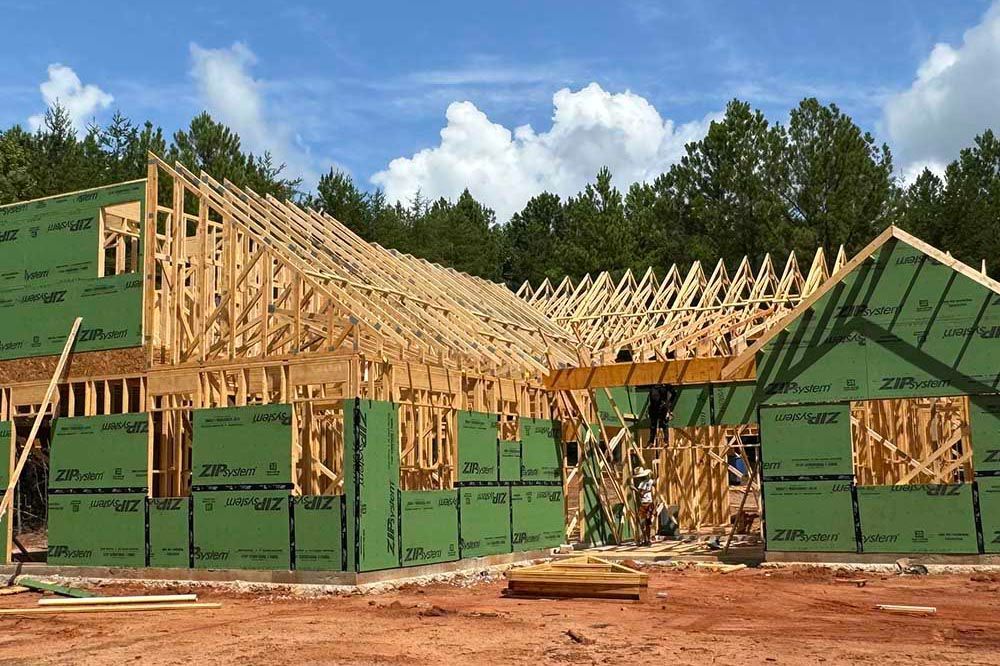
Quick Links
Subscribe
Subscribe to receive the latest AEG articles about CRE investing, industry and market insights, and company updates.
invest@alphaequitygroup.com
Investment Disclaimers:
- Past performance is no guarantee of future results. No representation is made that the firm will or is likely to achieve its objectives or that any investor will or is likely to achieve results comparable to those shown or will make any profit at all or will be able to avoid incurring substantial losses.
- In many of the firm’s offerings, investors must be “accredited investors” as defined in regulation d under the securities act. In such cases, investors will be required to submit verification of their accredited investor status through the verify investor platform. The firm will not accept any investments from investors who are unable to submit verification of accredited investor status for relevant offerings. The principles, in their sole discretion, may decline to accept the subscriptions of, and admit, any investor as a member for any or no reason.
© 2024 Alpha Equity Group, LLC
